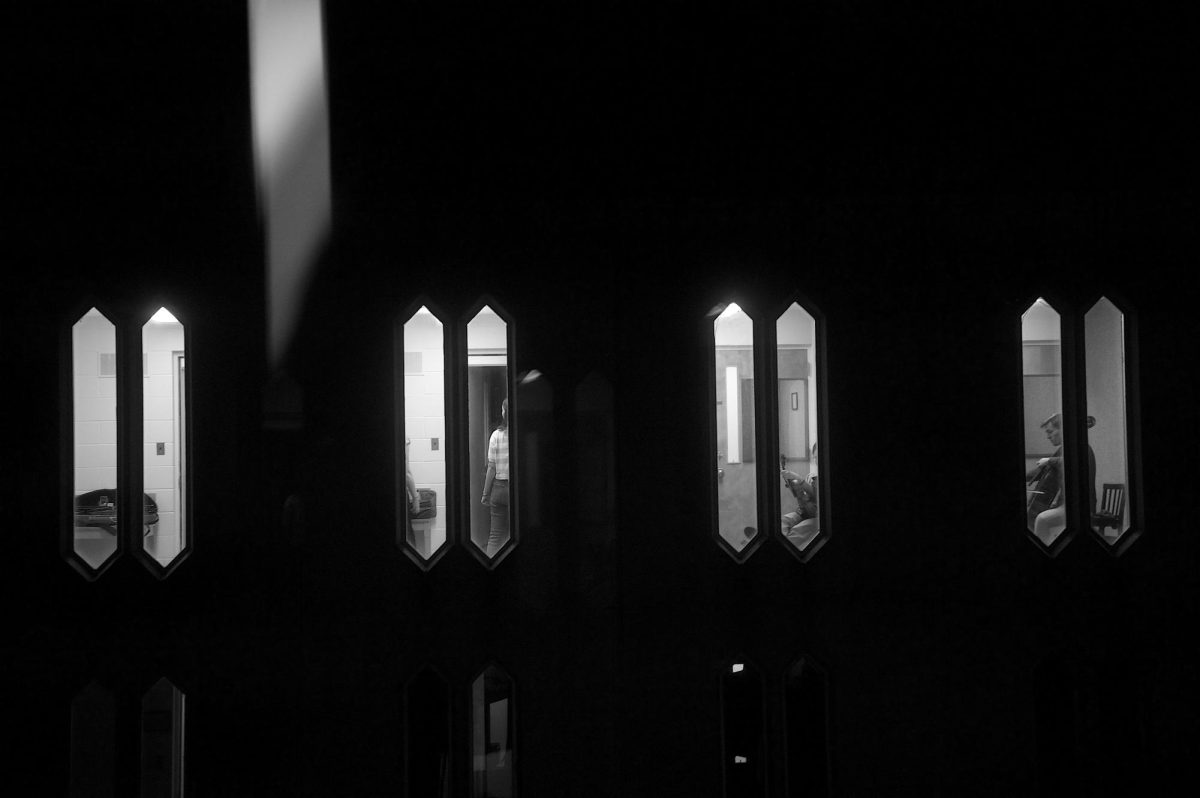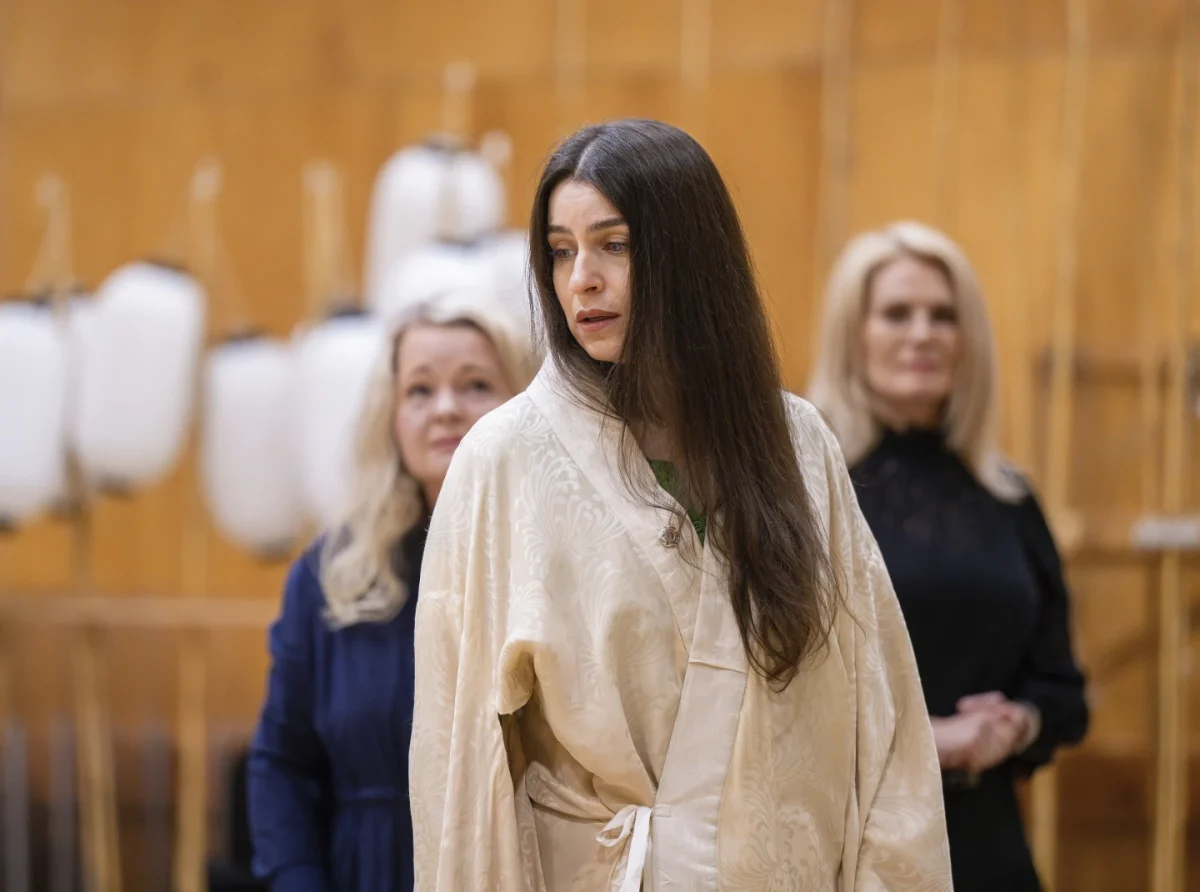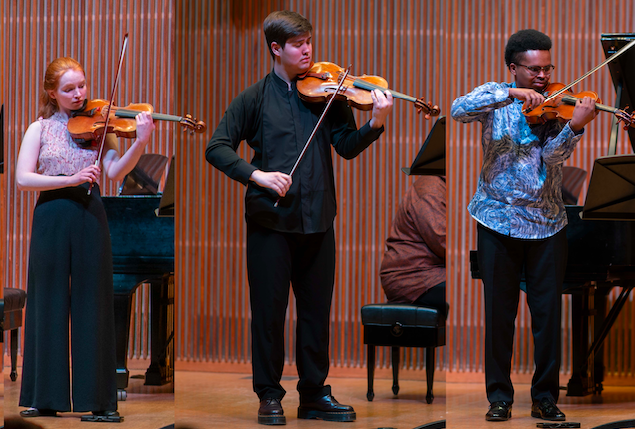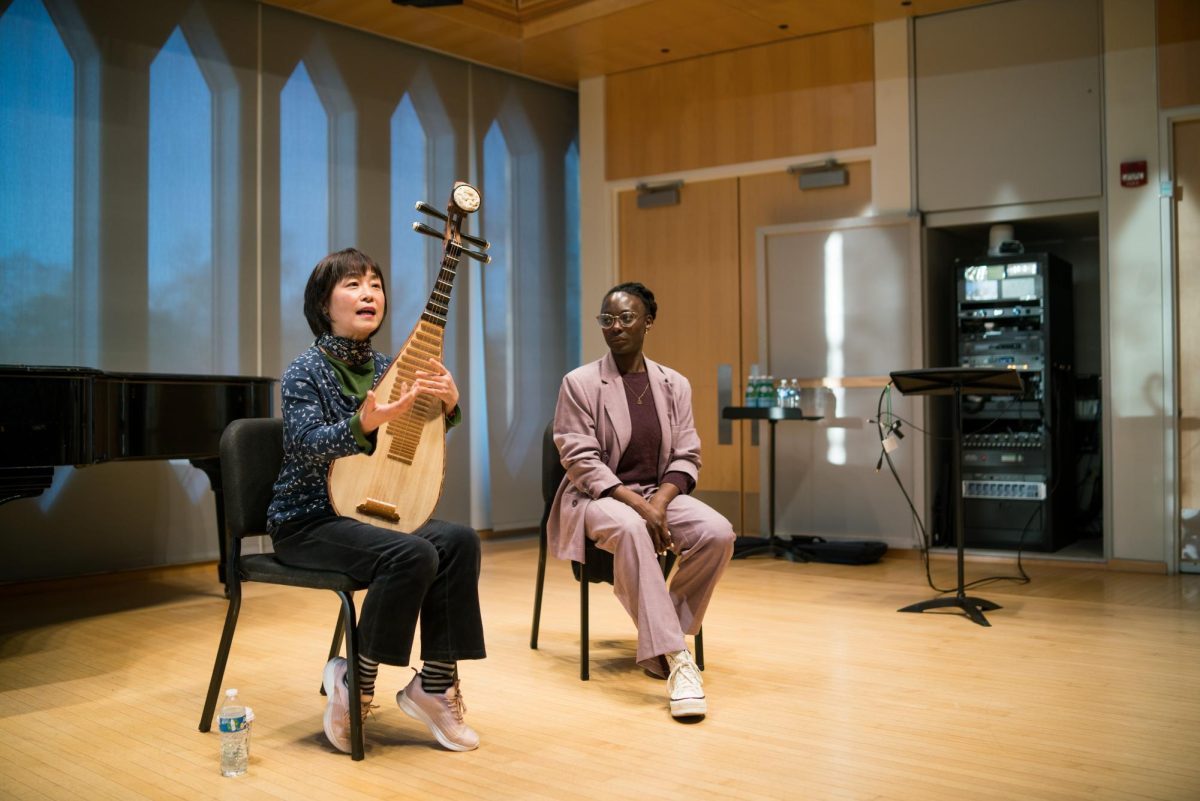I’m a double-degree third-year Jazz Piano major, and I suck at sight reading. I never really noticed how much of a weakness sight reading had been for me until this semester, when I started playing in the Oberlin Jazz Ensemble, which has been my first experience in any sort of jazz big band. As I stumbled through pages and pages of sheet music during our first rehearsal, I found myself asking, “How have I even made it this far as a pianist, both at Oberlin and professionally?”
At first, I blamed the Jazz department’s curriculum for this issue, telling myself that it hasn’t adequately prepared me for scenarios that require sight reading. I think this is only partly true. Not being able to sight read is my problem, of course, and I simply haven’t put much time into practicing that aspect of my musicianship. What I ultimately found in myself — and something I have noticed in other Jazz majors — is a sort of indifference toward more traditional or “classical” methods of practicing. On the flip side, I’ve also noticed a hesitation toward improvisation among classical majors. I believe this indifference stems from an anti-collaborative culture present in both the classical and Jazz divisions, which is due, in some capacity, to a lack of intentionality to merge the classical and Jazz divisions within the Conservatory’s overarching curriculum.
A more formal overlap of musical genres in curricula has obvious benefits for technique, increasing your fluidity on the instrument and preventing musical ailments such as tendonitis or carpal tunnel syndrome. But perhaps the biggest benefit in practicing classical music as a jazz musician is that you begin seeing classical and jazz not as separate entities, but interdependent genres. Professor of Music Theory Jan Miyake, OC ’96, shares this view.
“I think my big pause with a lot of the curriculum is that a lot of students end up forming this very clear separation between classical and jazz, and I think that’s not doing anybody any good,” Miyake said.
For all the time spent sitting in classrooms studying traditional Western classical music — a required four music theory classes, four aural skills classes, and one music history class — most Jazz majors have to go out of their way to actually play and practice classical music, let alone play it with others. That’s the case, at least, unless you have a private teacher who regularly assigns classical repertoire. Associate Professor of Jazz Bass Gerald Cannon explained why he assigns Bach etudes in his private lessons.
“[Classical etudes] help with soloing, for one,” Cannon said. “When you play them through, the next thing you know you’re in the middle of a blues solo and you’re playing some Bach fragments.”
I’ve usually been able to connect the dots between these classes and my own musical pursuits. I see counterpoint, for instance, as a tool for my own compositions as well as an orchestrational tool when playing solo piano. Aural skills classes are obviously incredibly beneficial to a musician who learns most of their music by ear and is playing jazz, a genre that necessitates listening to other musicians. That being said, I still frequently find myself wondering why I need to take some of these advanced theory classes. Do I really need to know about interval class sets or large form analyses? Can I study classical music in a way that would be more helpful for the industry I want to go into?
Miyake validated my concerns.
“There are times when I’m teaching when I realize that my biases towards pitch and how to organize pitches really prioritize classical music because that’s both my musical training and my theory training,” Miyake said. “Especially if you look at recent music, sticking it into categories isn’t working so well.”
A strong general music theory curriculum necessitates that the takeaways do not privilege one type of music over another. Until the introduction of the TIMARA program in the ’70s and the Jazz department in the ’80s, an update to the curriculum wasn’t necessary because there wasn’t as prevalent a need to cater to various musical disciplines. We are now in year three of an updated curriculum, implemented originally by a number of departmental chairs, including Miyake, at the time. But we still have a ways to go in terms of dismantling departmental barriers.
Curricular changes happen slowly: introducing an alternative class for Jazz majors would require a proposal from the chair of the Jazz division that outlines the purposes, outcomes, and processes of the class. This proposal would go to the Educational Plans Committee, a board of departmental chairs who would then vote on the proposal. Although the Music Theory department dealt with roughly 600 registrations this semester alone, my hypothetical proposal here is one affecting a group of around 30 incoming Jazz majors, as a curricular change wouldn’t be grandfathered into current majors. It’s not at all out of the question.
I would suggest that Jazz majors could take, say, only seven core music theory classes instead of eight, opening up a slot for a required class that gets Jazz majors playing with classical students — a class on Alexander Technique, for instance, or an ensemble that blends genres similar to the Performance & Improvisation Ensemble. When I was in PI Ensemble my second year, the opportunity to play with classical performance majors was invaluable. It opened my mind up to what it meant to play in an ensemble and threw all the limitations that I subconsciously set upon myself when in a jazz combo out the window.
That being said, PI Ensemble is an optional elective, and a lot of people won’t go out of their way to take risks unless they feel safe and comfortable with the people they’ll be playing with. We shouldn’t just be encouraging cross-disciplinary studies, we should be requiring it. This may mean substituting some of the many required Western theory classes with more tangible and practical classes that bring different majors together. It may mean organizing more social events that all types of musicians would be interested in, with the goal of fostering community between departments. Whatever the case, the Conservatory should be doing more to break down barriers between classical, jazz, and all other genres of music.








